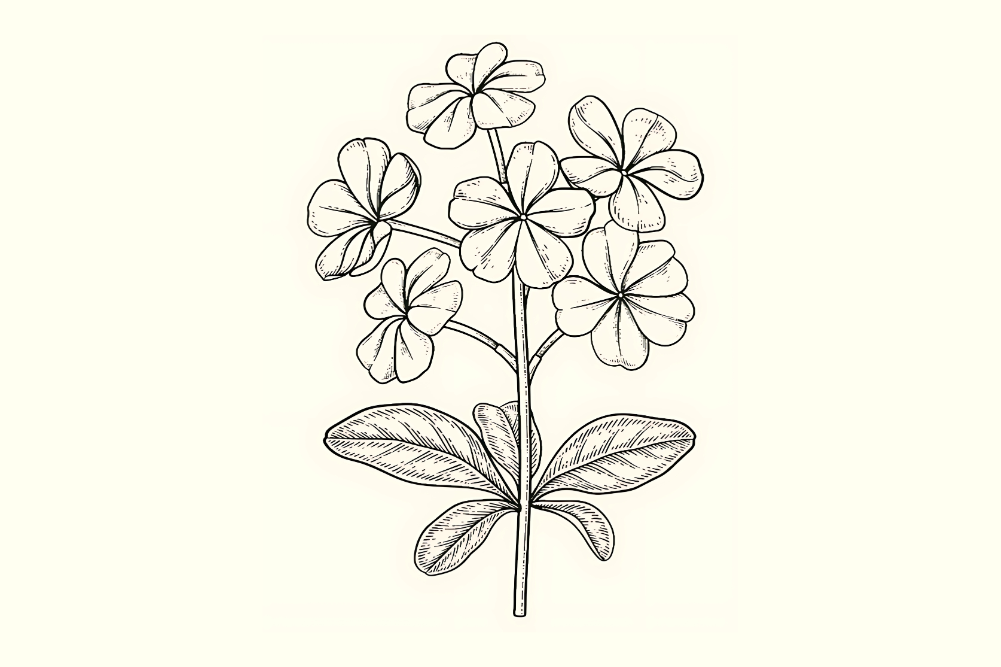Rediscover these four forgotten herbs
Discover the forgotten delights of Anise Hyssop, Lovage, and Lemon Balm. Enrich your culinary experiences with unique herbs!
If you ever find a lime balm plant, grab a cutting of new wood.
I’m just about to plant anise hyssop (Agastache foeniculum) again, a herb that sounds like a sneeze but produces lovely mauve blooms in profusion and fragrant anise-tasting leaves that are wonderful for herbal teas or adding flavours to cooking, salads or sandwiches. It is a darling plant, but somehow, when we moved the herb garden and I lost it, I forgot to plant it again. Give it sunlight, a little water now and then and, if possible, an annual feed in late spring every year, to really get things going. Anise hyssop is one of the great reliable herbs and is always there when you feel like a change of flavour.
Lovage
I had also forgotten about lovage (Levisticum officinale), too, until I came across it in a garden catalogue. Lovage is a tall, celery-like herb with thick hollow leaf stems and pale yellow umbels of flowers. Lovage is a very decorative plant and lovely in the herb, flower or kitchen garden.
The better the soil the better your crop of lovage — rich, moist, well-drained, sunny soil is best, though lovage will tolerate much poorer soil and a slightly shaded position. Feed your lovage well and keep it clear of weeds as lovage is prone to mildew in humid areas. Deep, well-dug soil will give a deeper root and a more vigorous plant. Unless you regularly harvest it, prune lovage often to encourage new leaves and stems.
Lovage’s rich celery flavour can be used in soups, salads or stews. Use it sparingly, though, as the flavour is much richer than celery. A few lovage leaves are excellent in a bouquet.
Lovage leaves and roots can be dried and used in pot pourri to freshen a room, especially to help cover toilet odours. Slice the root thinly and dry either in a hot, well-ventilated but shady spot or in a very slow oven till it is crisp and snaps when you bend it. It can now be crumbled and used.
Lemon balm
Lemon balm (Melissa officinalis) is another old-fashioned herb often forgotten these days. It’s a small leafy herb with bright green leaves. It has a fragrant lemon scent and small insignificant but sweetly scented whitish green flowers. A rare cultivar, lime balm, is very similar, but deeper green with a rich lime scent instead of lemon, without the slightly bitter undertones of lemon balm.
If you ever find a lime balm plant, grab a cutting of new wood (from late summer to late spring), as any piece of lemon balm stalk should take. Place it in damp sand, in dappled shade, keep moist and wait. Plant out about six months after it shows new leaves to make sure it’s grown a good set of roots.
Both lemon and lime balm grow best in moist, rich soil and partial-light shade, especially in hot summers, but will tolerate drought, sun and exposure. They die back after severe frost but recover with warm weather and reseed easily, so easily that lemon balm can become a weed. Lime balm seems more obedient.
Lemon balm oil is mildly relaxing. Lemon balm tea can be used to help mild insomnia and digestive problems brought on by stress. Take one tablespoon of dried herb or two tablespoons of fresh to one cup of boiling water, taken at bedtime or two or three times a day.
Lemon balm was one of the ingredients in Carmelite water, a 14th century recipe for longevity based on herbs in white wine. Maybe the ability to relax does help one to a ripe old age.
Young lemon balm leaves are also delicious in salad sandwiches, and a few can be added to give a faint lemon tang to salads. Old leaves are tough and fibrous and more bitter, best used in compost, not for eating or drinking. Lime balm leaves are even better.
Lemon and lime balm leaves are also delicious crushed in a fruit drink or frozen in iceblocks and added to cold water, pineapple, apple juice or ginger ale on a hot day.
Salad burnet
Another herb, salad burnet (Poterium sanguisorba), is so small and unassuming that it’s easy to forget, even if you have it growing — a small, ferny, fragrant clump with a strong cucumber scent.
Salad burnet will grow in dry sandy soil as well as more fertile loam in either full sun or semi-shade. Large clumps of salad burnet may start to die back in the middle, and the herb does best if it is divided every five years or so, or even more often if it is very vigorous.
Salad burnet leaves can be picked as soon as the plant is big enough, but the leaves are tough and become bitter once the plant begins to flower. The leaves give a lovely cucumber flavour to soups, and can be tossed into salads or added to fruit cups and juices. It is delicious chopped finely and added to potato salad. It is a good cucumber substitute, too, when you don’t have the time or the climate to grow cucumbers or they are out of season. The flowers can also be eaten.
I’ve put my order in. Soon, I hope, the old favourites will be back in my garden, part of the “living larder” that makes my meals and life so much richer.







